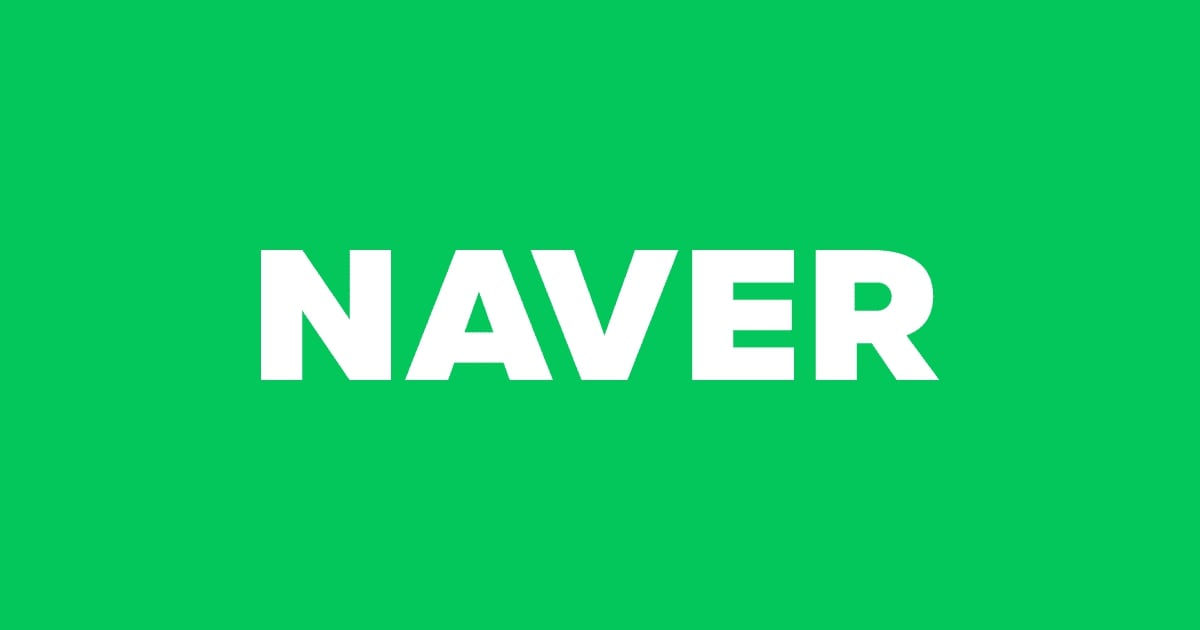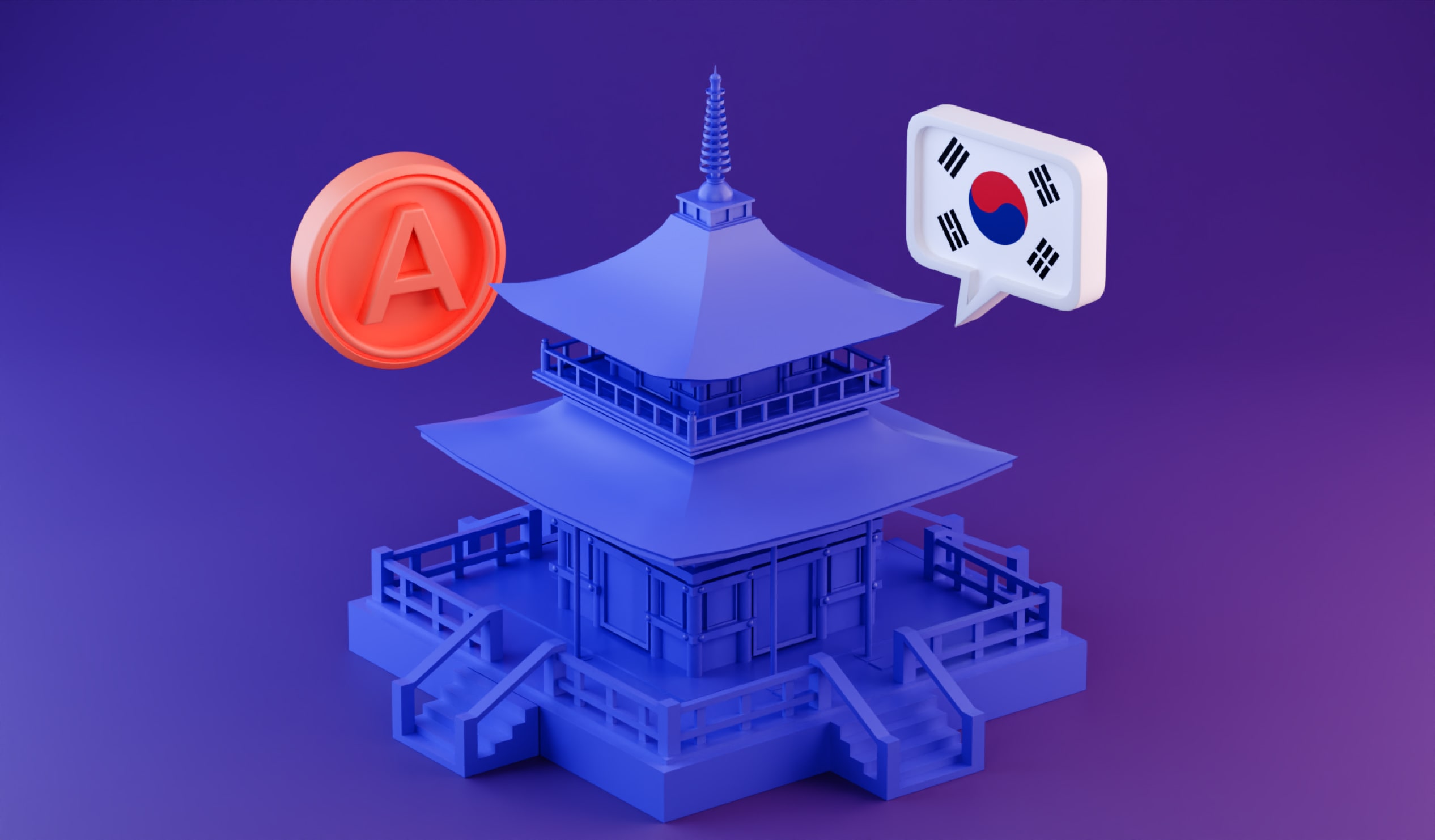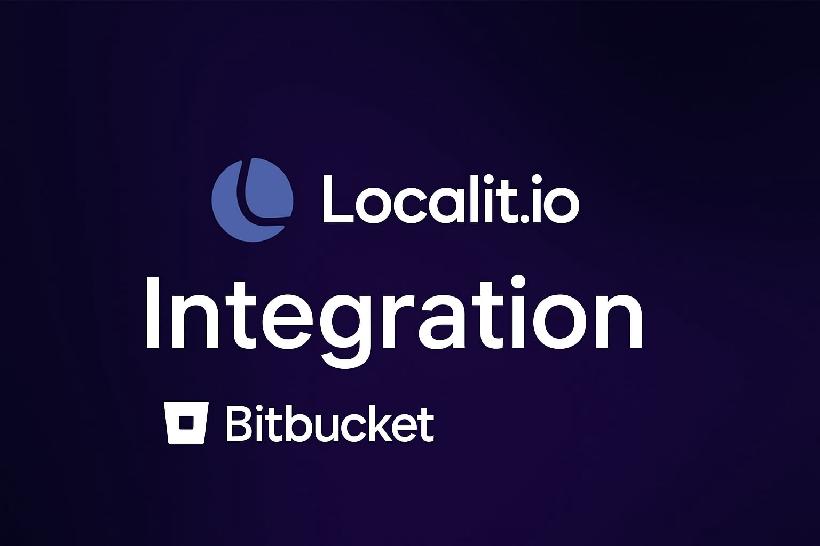The Korean language and culture have long fascinated people around the world but only made their major breakthrough on the global stage with the arrival of the so-called Korean wave (otherwise known as Hallyu) in the 1990s. This phenomenal rise to prominence became even more pronounced in the 21st century as K-pop started attracting cult-like followings (ever heard of BTS or Blackpink?), Korean dramas (or K-dramas) had people glued to their screens, while Squid Game and Oscar winner Parasite were met with praise and applause.
However, this only reflected something that has long been a reality: South Korea is a dominant economy and a prosperous market that embraces innovation, digitalization, and tech advances. These conditions make the region a perfect launching site for your business as it's looking for places to expand. There's one major problem though: you need to localize and translate effectively to resonate and get through to local customers.
If you want to unlock the potential of the South Korean market and become successful there, this article is written just for you! Read on to discover the top tips and secrets.
Introduction to Korean Localization and Translation
First things first: let's understand what a localization is and what it means for the Korean market.
Localization is your primary vehicle of speaking directly to a target audience when you speak different languages through adapting your content, marketing materials, messaging, and the rest of it in a way that will make sense and resonate with them.
Translating content for the Korean market, however, is not enough because a simple translation often fails to take into account current realities and mindsets of the people that use the language. What is in fashion today? What meme was popular yesterday? What color brings good luck? When all these questions and more are answered, you'll get a blueprint for your localization efforts.
Here's a table of quick facts about South Korea and the Korean language:
| Property | Value |
|---|---|
| Country Name | South Korea |
| Country Name (Local) | 대한민국 |
| Country Flag | 🇰🇷 |
| Country Area | 100210 km2 |
| Country Code (ISO 3166-1) | KR |
| Language Name | Korean |
| Language Name (Local) | 한국어 |
| Language Code (ISO 639-1) | ko |
| Capital Name | Seoul |
| Currency Name | South Korean Won |
| Currency Code | KRW |
| Currency Symbol | ₩ |
Importance of Localizing for the Korean Market
Grabbing a fair share of your revenue pie can be a reality when it comes to South Korea. The country is highly active economically speaking, Korean users of apps and websites are very receptive to smart marketing campaigns and promotion efforts, while the region itself is steadily developing. Here are just a few reasons to brace yourself for a wild ride that is the localization for the Korean audience. But there's more.
Digital Presence and Market in South Korea
South Korea is a global leader in digital technology. With the world's fastest internet and highly tech-savvy consumers, it’s no surprise the country is home to major companies like Samsung, SK, LG, and Naver. Korea continues to shine as a digital powerhouse, pouring resources into groundbreaking technologies like advanced semiconductors, next-gen networks, AI, big data, quantum computing, and cybersecurity. Although local competition is fierce, many US companies are thriving in Korea's digital market. They succeed by offering cutting-edge technology and fresh, innovative business ideas.
Koreans are known for their robust approach to economy, which manifests itself in these numbers:
Over 97% of people in South Korea use the internet
Around 94.8% of South Koreans own a smartphone
The median mobile internet connection speed in South Korea was 136.40 Mbps
South Korea's GDP was approximately $1.71 trillion USD in 2023
South Korea exported $210 billion worth of ICT goods in 2023
Cultural Influence: The Korean Wave (Hallyu)
The incredible popularity of Korean culture, be it K-pop or Kimchi or traditional hanbok clothing, firmly placed the world's attention on the region, attracting companies from all over. This manifestation of soft power works both ways for Seoul: the country gets to promote itself globally and put itself in the prime position for investments and business scaling. The Korean wave has many faces, and it's important to know what some of its achievements are:
In 2020, Parasite won 4 Oscars, including Best Picture, becoming the first non-English-language film to win the award.
BTS became the first group to top the Billboard Hot 100 with Korean-language songs and contributed to a 76% increase in Korean learners on platforms like Duolingo.
Shows like Squid Game gained over 1.65 billion viewing hours on Netflix, making it the platform's most-watched series.
As of 2023, Korean ranked as the 7th most-studied language globally, with 14 million active learners.
The Korean music industry is worth $10 billion, fueled by groups like BLACKPINK and EXO.
In 2024, South Korean author Han Kang won the Nobel Prize in Literature for her powerful poetic prose.
Best Practices for Successful Korean Localization
With the details and motivations down, we can move on to localization and its nuances that will help you to emerge victorious in this battle for customers and attention.
Getting Your Localization Right
The best practice here, and I cannot recommend this enough, is to choose localization software that offers cutting-edge translation services to streamline your routine and make easy work of tons of keys and words that you will encounter. Here's where Localit will help you.
By leveraging an advanced Translation Management Systems (TMS) like Localit, you can streamline your workflow, reduce costs, and deliver high-quality results. Here’s why Localit stands out:
AI-Powered Translation Services: Speed up your projects with advanced, accurate machine translations.
Affordable Pricing: Localit offers budget-friendly plans, unlike pricier competitors like Lokalise.
Flexible Features: Adaptable for small to medium-sized businesses, software developers, and translators.
Streamlined Workflow: Manage projects seamlessly with built-in tools for organization and collaboration like built-in chats and ability to send voice notes.
Quality and Consistency: Ensure uniform and high-quality translations tailored to any market.
Stop wasting time on manual localization. Try Localit today with a free plan and see the difference for yourself!
Understanding the Korean Language and Culture
Perhaps the most important thing to remember here is that the Korean alphabet (yes, it is an alphabet indeed) also called Hangul contains 24 letters. Their positions in a single syllable block is predetermined by language rules. Keeping this in mind, you can always predict how long your sentences, marketing slogans, messages, and so on written with Korean characters will be to save yourself from redoing everything later.

South Korean vs. North Korean
The picture above features two words. Both mean "Korean" in Korean. However, the main difference is that it showcases the linguistic gap between South Korea and North Korea. Yes, since the countries separated through a bloody war in the 1950s, their languages also started drifting apart, resulting in two that share the same root but reflect a different approach to culture, politics, way of living, and so on. I know, it's unlikely that you'll localize for North Korean audiences, but it's an important nuance to be aware of. Here are some examples:
Pronunciation: South Koreans tend to palatalize sounds, making some words softer, while North Koreans keep harsher, older pronunciations. For instance, "지" in South Korea sounds like "ji," but in North Korea, it’s pronounced "zi."
Vocabulary: South Korea frequently borrows words from English and other foreign languages. For example, "computer" becomes "컴퓨터" (keompyuteo). North Korea, on the other hand, avoids loanwords, opting for native terms like "전산기" (jeonsangi) for "computer." Moreover, North Korean borrowed words from Russian (as the Soviet Union was its close partner), while down South loanwords from English are popular in the Korean vocabulary.
Spelling: Even shared words can look different due to variations in spelling conventions. South Korea writes "벚꽃" (beotkkot) for cherry blossom, while North Korea spells it "벗꽃" (beotkkot).
Grammar and Expressions: Everyday phrases diverge. South Koreans say "고마워요" (gomawoyo) for "thank you," using a softer tone, while North Koreans stick to "고마와요" (gomawayo), maintaining older structures.
Addressing Honorifics and Levels of Formality
Korean honorifics are like a secret code for respect that Korean speakers understand without any additional words. They’re a big deal in both formal settings and everyday life. Forgetting to use them? Yikes. That's just rude. So, mastering these is key if you want to sound natural and polite in Korean.
The basics? Who you’re talking to matters: familiarity, rank, and the situation all play a role. Once you get the hang of the most common ones, reading and writing Korean will feel a lot easier.
Common Honorifics (there are more, of course):
씨 (ssi): Mr./Ms.
님 (nim): A super respectful title like "sir" or "ma'am"
선생님 (seonsaengnim): Teacher/Mentor
아버님 (abeonim): Father (formal)
사장님 (sajangnim): Boss/CEO
Adapting to Korean Culture
Being a lot different to Western cultures, Korea is a land where showing respect to others (especially elders!) will take you very far. Use the following information for your visuals, marketing messages, promotional campaigns, and more to leave a lasting effect.
Don’t Point at People: Use your whole hand to gesture instead, it’s more polite.
Avoid Red Ink for Names: Writing someone’s name in red is associated with death.
Use Proper Titles: Always address people by their proper titles or honorifics.
Offer with Two Hands: Whether it’s a business card or a product, presenting with both hands shows respect.
Respect Personal Space: Avoid overly physical gestures like back-slapping or hugging in formal settings.
Bow for Greetings: A bow is the standard respectful greeting, especially in business.
Technical Considerations in Localization
Here are a few words of advice on the technical side of things when it comes to localizing for South Korea.
Character Encoding and Hangul Integration
Integrating Hangul, the Korean script, into digital platforms requires careful attention to character encoding. Historically, encodings like EUC-KR were used, but they had limitations in representing the full range of Korean characters. Today, Unicode is the go-to standard, offering comprehensive support for Hangul by assigning unique codes to each character. This ensures consistent display across devices and platforms. For instance, the syllable "한" is represented in Unicode as U+D55C. Proper implementation of Unicode will prevent issues like garbled text or misinterpretation. Your Korean content will then be accurately rendered and accessible to all users.
User Interface and User Experience Adaptations
1. Optimize for Hangul
Remember that the Korean alphabet's blocky syllables need less space than Latin text.
Pick fonts that support Korean characters properly, especially for logos or big headings.
2. Add Cultural Flair
Use images and graphics that feel “Korean,” but skip anything that could offend (like unlucky colors or weird symbols).
Stick to familiar design vibes. Think trending color palettes and layouts locals know and love.
3. Reading Flow and Layout
Korean is mostly read left-to-right, so design for that. Vertical layouts? Rare, but good to have as a backup.
Keep it user-friendly with dense menus or big search bars. This is the stuff Korean users expect on websites.
4. Make It Usable and Mobile-Ready
Test your designs with Korean users to catch any weird or confusing bits.
Use call-to-action buttons with clear text, like “무료 체험” (Free trial) or “바로 구매” (Buy now).
Optimize for smartphones, Korea’s mobile game is strong. Your site should keep up.
Challenges and Solutions in Entering the Korean Market
To bolster your chances for success, it's important to be aware of certain challenges that might arise on your path to the hearts of Korean consumers.
Navigating Legal Requirements
South Korea has strict rules about geographic data to protect its national security. It's no surprise, really, considering that Seoul and Pyongyang still have not signed a peace treaty and live with the idea that the country should be unified. So, maps with detailed info, like high-resolution images or military sites, can’t be sent outside the country. This is why global services like Google Maps can’t offer live navigation there. Instead, Koreans use local apps like Naver Map and KakaoMap, which are tailored to these regulations and provide accurate directions.
These rules are in place to keep sensitive locations safe, but they can be tricky for foreign businesses and travelers.
Solution: If you’re planning to operate in South Korea, it’s important to know these limits. Using local mapping tools is a must for navigating effectively.
SEO for Naver

Where do South Korean users google (sorry for this) information? In Naver, of course. This website/app is the most popular source in South Korea and offers a variety of services like search engine, blog, email, dictionary, and many more. Conquering the market will not be easy if you are not aware of this detail that defines how Koreans interact with online content, especially when it comes to SEO and getting noticed.
Solution: Use tools like Naver Keyword Planner to identify keywords that are culturally relevant. Leverage the power of Naver's many services to feature as much as possible across all of them.
Localizing for Korea Is Your Path to Success
If you want to make waves in the market in South Korea, localization isn’t optional. You cannot succeed in South Korea without understanding the culture, the Korean language, and how to connect with its people. Over 80 million people speak Korean, and they expect businesses to meet them on their terms. That means adapting content, using Korean translation that’s spot-on, and nailing the nuances that are part of the Korean experience.
Whether you’re reaching out with a campaign, a product, or a service, speaking the language of your audience goes beyond words. It’s about respect, trust, and a willingness to learn. Use Korean not just in your messaging, but in every aspect of your brand, from visuals to user experience. Get this right, and you’re not just entering a new market, you’re becoming part of their world. Ready to start?

 Bitbucket Integration: Complete Guide to Automated Localization Workflow
Bitbucket Integration: Complete Guide to Automated Localization Workflow ChatGPT-5 Now Available in Localit.io
ChatGPT-5 Now Available in Localit.io Everything You Need to Know about Mobile App Localization: Challenges + Best Practices of Working in a Different Language
Everything You Need to Know about Mobile App Localization: Challenges + Best Practices of Working in a Different Language